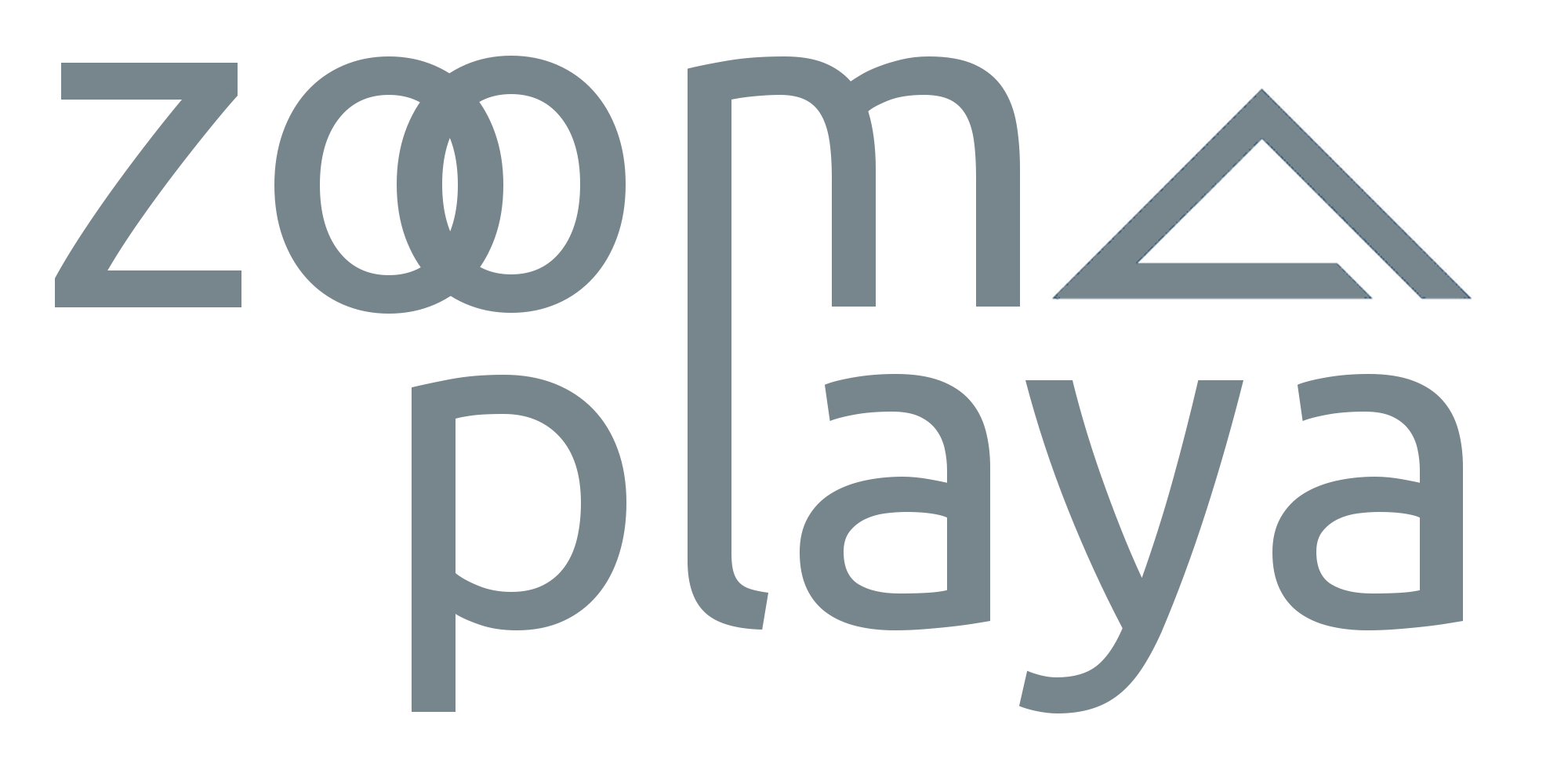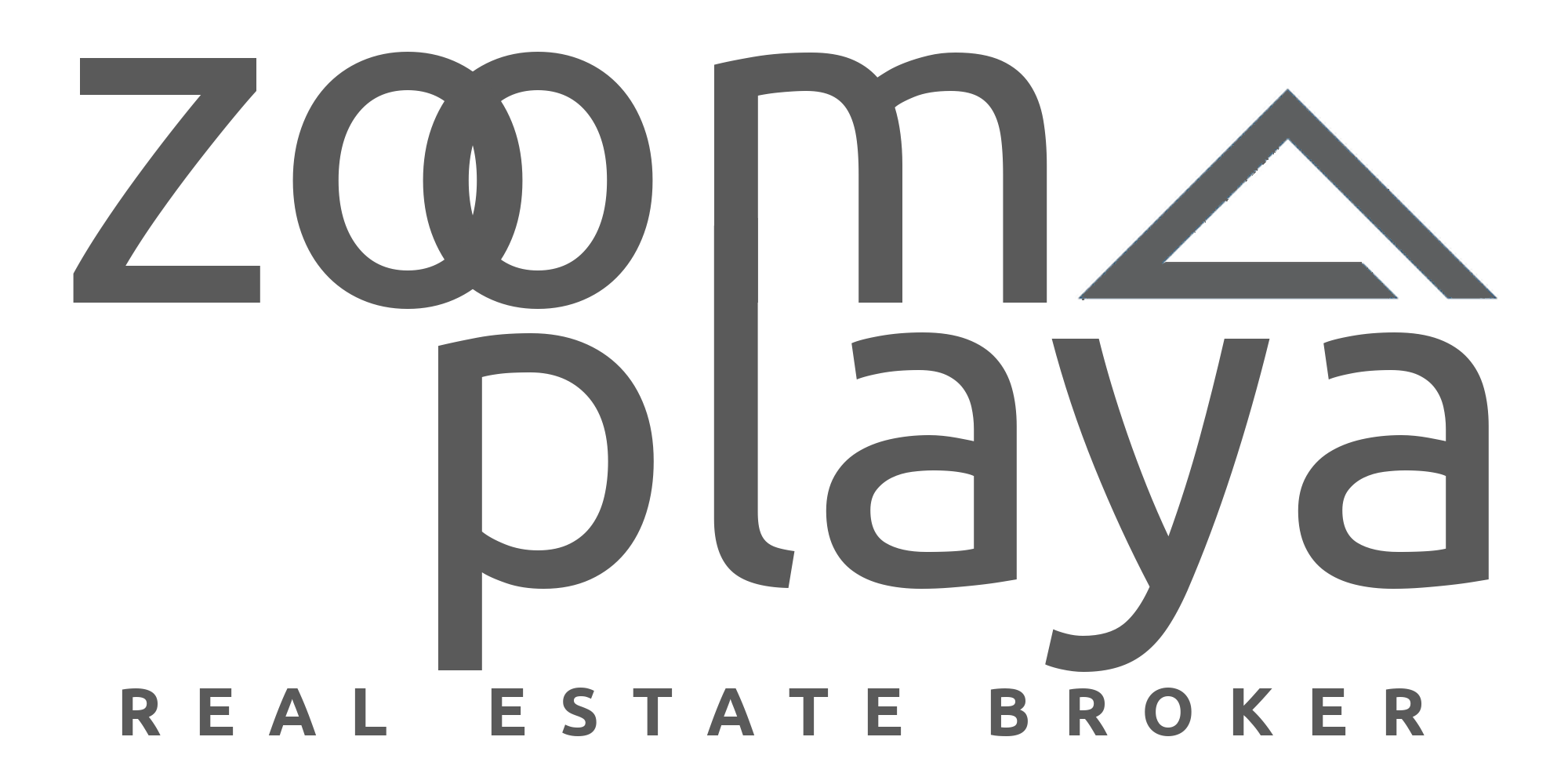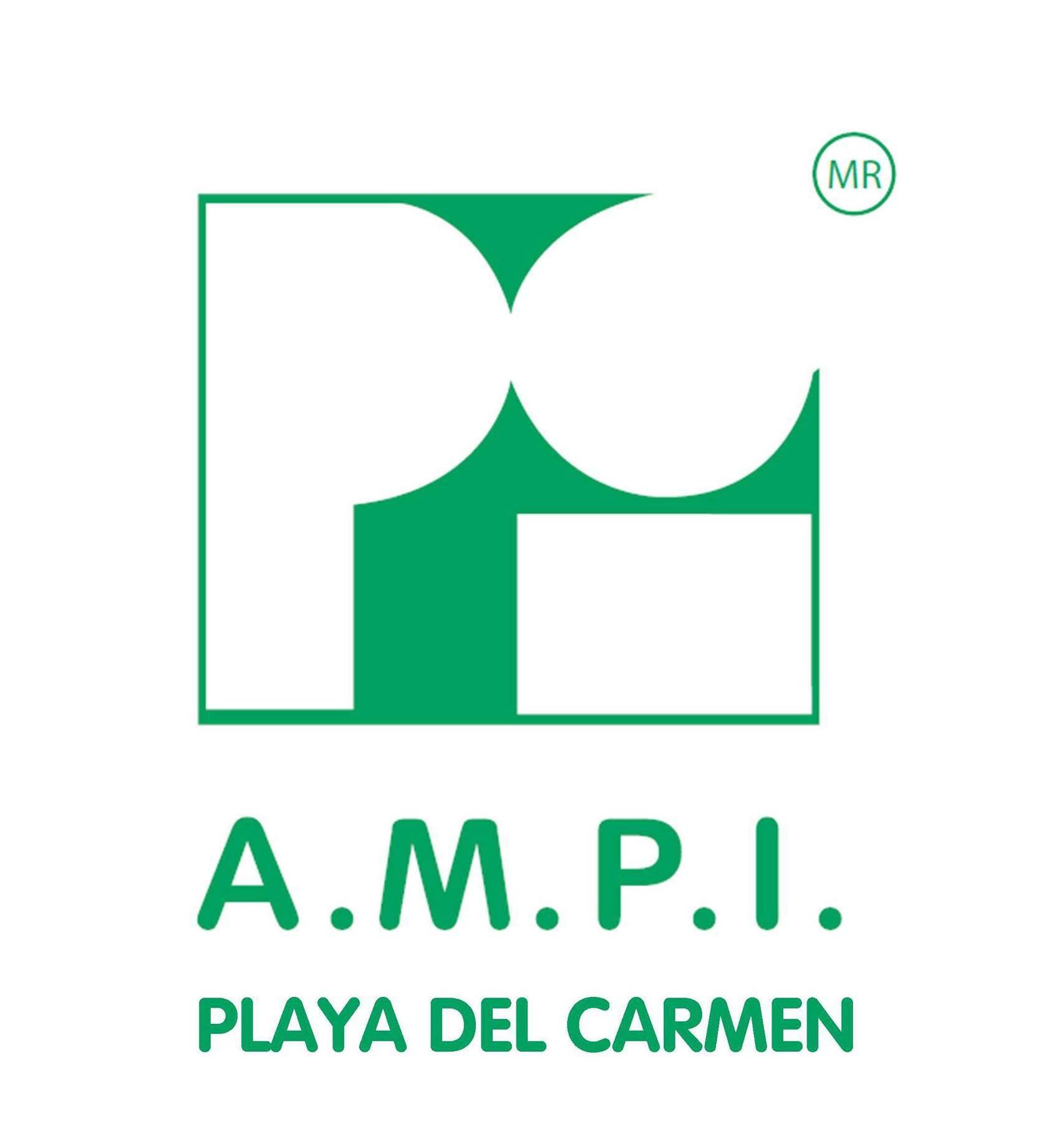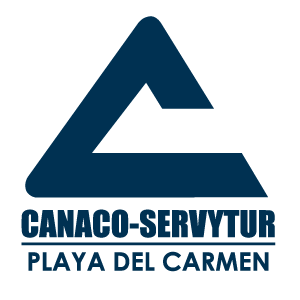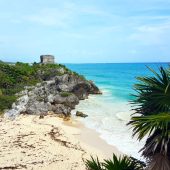Saving Strategies To Buy Your Riviera Maya Dream Home: From Dream to Reality
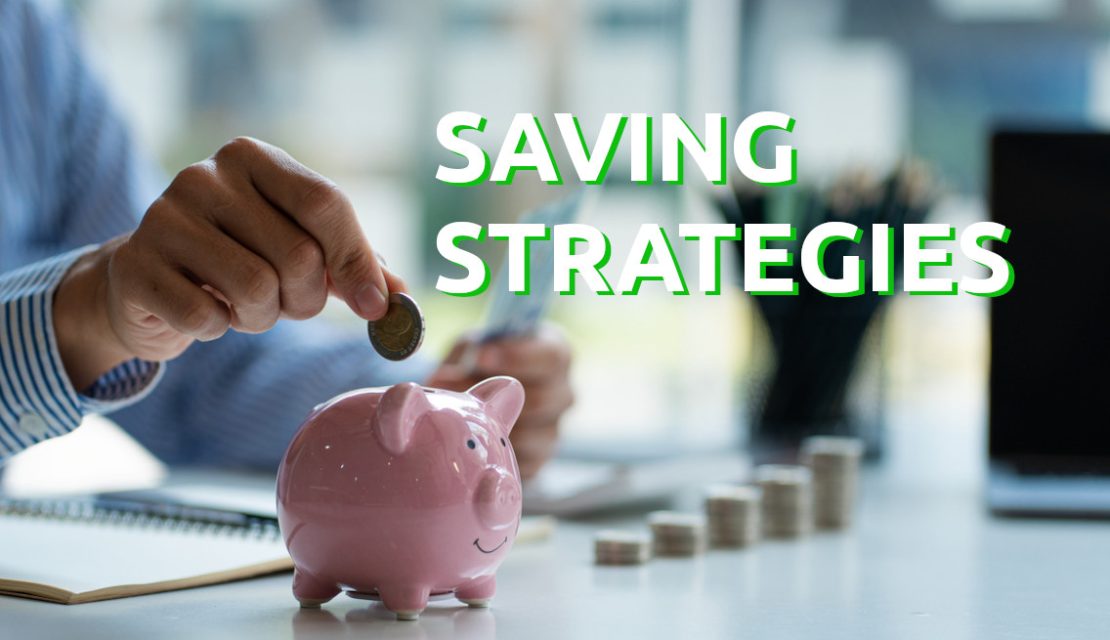
Outline:
- Introduction
- Understanding the Riviera Maya
- Setting Your Dream House Goals
- Determining Your Budget
- Researching Properties
- Saving Strategies for Buying a Dream House
- The 52 Week Challenge
- 50/30/20 Saving Rule
- The 30-Day Rule
- The Kakebo Saving Method
- Opening a Saving Plan Account
- Exploring Properties in Riviera Maya
- Condos for Sale in Playa del Carmen
- Condos for Sale in Tulum
- Condos for Sale in Cancun
- Financial Management and Investment
- Effective Budgeting Techniques
- Investment Opportunities
- Refinance Your Home
- Implementing Savings Techniques
- Conclusion
- FAQs
Introduction
Dreaming of owning a house in the picturesque Riviera Maya? The allure of pristine beaches, lush landscapes, and vibrant culture beckons many to invest in property in this Mexican paradise. However, making this dream a reality requires diligent planning and effective saving strategies. In this comprehensive guide, we’ll delve into actionable tips on how to save money to buy your dream home, second home or investment property in the Riviera Maya.
Understanding the Riviera Maya
Before embarking on your journey to homeownership, it’s essential to familiarize yourself with the Riviera Maya. Stretching along the Caribbean coastline of Mexico’s Yucatán Peninsula, this region encompasses popular destinations like Playa del Carmen, Puerto Morelos, Akumal, Tulum, and Cancun. Renowned for its stunning beaches, ancient ruins, and thriving tourism industry, the Riviera Maya offers a diverse array of real estate options to suit various preferences and budgets.
Setting Your Dream House Goals
Determining Your Budget
The first step towards purchasing your dream house is establishing a realistic budget. Consider factors such as your current savings, anticipated income growth, and potential mortgage options. Utilize online calculators and consult with financial advisors to determine a comfortable budget that aligns with your long-term financial goals.
Researching Properties
Once you’ve established your budget, conduct thorough research on available properties in the Riviera Maya. Explore listings online and consider hiring a certified local real estate agent with expertise in the region. Take note of essential factors such as location, amenities, and potential for appreciation when evaluating properties.
Saving Strategies for Buying a Dream House
The 52 Week Challenge
The 52-Week Money Challenge is a savings technique that involves setting aside a specific amount of money each week for 52 weeks, gradually increasing the amount saved over time. Typically, participants start with a small amount, such as $1 or $5, in the first week, and then add an additional dollar or more each subsequent week. For example, in week 1, you might save $1, and in week 2, you save $2, then $3 in week 3, and so on, until you reach week 52, where you save $52.
By the end of the challenge, participants will have saved a total of $1,378. This method is designed to instill consistent saving habits and gradually build a substantial savings fund over the course of a year. It’s a popular approach for individuals looking to improve their financial discipline and reach specific savings goals.
50/30/20 Saving Rule
The 50/30/20 saving rule is a popular budgeting guideline that suggests dividing your after-tax income into three categories: 50% for needs, 30% for wants, and 20% for savings and debt repayment. In this framework, “needs” encompass essential expenses like housing, utilities, groceries, transportation, and insurance. “Wants” cover discretionary spending on non-essential items such as dining out, entertainment, and vacations.
The remaining 20% is allocated towards savings, including both short-term goals (such as an emergency fund) and long-term objectives (like retirement savings), as well as paying off debt. By adhering to this rule, individuals can create a balanced budget that prioritizes financial stability, while still allowing for some flexibility and enjoyment in their spending habits.
The 30-Day Rule
The 30-day rule for saving money is a simple yet effective technique aimed at curbing impulse purchases and promoting mindful spending habits. The rule suggests that whenever you’re considering making a non-essential purchase, you should wait for 30 days before actually buying it. During this waiting period, you give yourself time to evaluate whether the purchase is truly necessary or if it’s simply a fleeting desire.
By waiting, you can determine if the item is something you genuinely need or if the impulse to buy it fades over time. If, after 30 days, you still believe the purchase is worthwhile and fits within your budget, then you can proceed with buying it. However, often, you’ll find that the desire to make the purchase diminishes, leading to savings by avoiding unnecessary spending. This rule encourages thoughtful decision-making and helps prevent impulse buys that can derail your financial goals.
The Kakebo Saving Method
The Kakebo saving method originates from Japan and is a structured budgeting and saving technique focused on mindfulness and tracking expenses. Kakebo, which translates to “household account book,” involves recording all income and expenses in a designated journal or ledger on a daily basis.
This method encourages individuals to set specific saving goals and carefully monitor their spending habits to identify areas where they can cut back and save money. The Kakebo method typically involves four main categories for expenses: needs (such as rent, groceries, and utilities), wants (discretionary spending on non-essential items), culture (expenses related to personal development or cultural activities), and unexpected expenses (emergency funds).
By consistently tracking finances and adhering to a budget, individuals can better manage their money, reduce unnecessary spending, and achieve their saving objectives.
Opening a Saving Plan Account
Opening a savings plan account is a strategic approach to saving money that offers various benefits and incentives. A savings plan account, typically offered by banks or financial institutions, allows individuals to deposit funds regularly with the intention of saving for specific goals or purposes. These accounts often come with competitive interest rates, which means that your savings can grow over time through compound interest.
Additionally, many savings plan accounts offer features such as automatic transfers from your checking account, making it easy to consistently contribute to your savings. Moreover, some accounts may offer tax advantages or other perks, depending on the type of savings plan and your country’s regulations. By opening a savings plan account, you can establish a disciplined saving habit, protect your funds from immediate spending temptations, and work towards achieving your financial objectives effectively.
Exploring Properties in Riviera Maya
Condos for Sale in Playa del Carmen
Playa del Carmen boasts a vibrant real estate market, with a plethora of condominiums catering to various budgets and preferences. From beachfront properties to downtown apartments, explore the diverse range of options available in this bustling coastal town.
Condos for Sale in Tulum
Tulum’s bohemian charm and eco-friendly ethos attract discerning buyers seeking a serene retreat amidst nature. Discover luxurious condos nestled amidst lush jungles or overlooking the turquoise waters of the Caribbean Sea in this idyllic beach town.
Condos for Sale in Cancun
As one of Mexico’s premier tourist destinations, Cancun offers an array of upscale condominiums with resort-style amenities and breathtaking ocean views. Explore modern developments along the Hotel Zone or seek tranquility in exclusive residential communities on the outskirts of the city.
Financial Management and Investment
Effective Budgeting Techniques
Mastering the art of budgeting is crucial for achieving your homeownership goals. Track your expenses diligently, identify areas for optimization, and allocate a portion of your income towards savings and investments. Adopting a disciplined approach to financial management will empower you to make informed decisions and progress towards your dream house.
Investment Opportunities
Explore investment opportunities that complement your savings plan and align with your risk tolerance. Consider diversifying your portfolio with low-risk options such as mutual funds, real estate investment trusts (REITs), or peer-to-peer lending platforms. Consult with financial experts to devise a personalized investment strategy tailored to your financial objectives.
Refinance Your Home
Refinancing your home involves replacing your current mortgage with a new one, typically with different terms. People refinance their homes for various reasons, including lowering monthly payments, reducing interest rates, changing loan terms, or accessing equity. When you refinance, you essentially pay off your existing mortgage with the proceeds from a new mortgage.
This could result in a lower interest rate, which can save you money over the life of the loan, or it could extend or shorten the loan term to better align with your financial goals. Additionally, homeowners may choose to refinance to convert an adjustable-rate mortgage (ARM) into a fixed-rate mortgage (FRM) for more stability in monthly payments.
However, it’s essential to carefully consider the costs associated with refinancing, such as closing costs and fees, to ensure that the potential benefits outweigh the expenses. Refinancing can be a valuable financial tool when done thoughtfully and strategically, helping homeowners manage their mortgage more effectively and potentially save money in the long run.
Implementing Savings Techniques
Draw inspiration from expert blogs offering invaluable insights into effective savings techniques. Incorporate actionable tips such as automating savings deposits, negotiating recurring expenses, and leveraging cashback rewards into your financial arsenal. By adopting a proactive approach to saving, you can expedite your progress towards purchasing your dream house in the Riviera Maya.
Conclusion
In conclusion, achieving your dream of owning a house in the Riviera Maya requires careful planning, diligent saving, and informed decision-making. By setting realistic goals, exploring property options, and implementing effective savings strategies, you can turn your vision into reality. Embrace the journey towards homeownership with optimism and determination, knowing that each step brings you closer to realizing your dreams amidst the splendor of the Riviera Maya. Once ready to make your move and become a Riviera Maya home owner Zoom Playa Real Estate is here to help you navigate through your options. Just contact us and let us know what property suites your needs.
FAQs
- What are some effective ways to save money for buying a house?
- Explore creative income streams
- Cut back on non-essential expenses
- Prioritize budgeting and financial planning
- How can I determine the right budget for purchasing a house?
- Assess your current financial situation
- Consider potential mortgage options
- Consult with financial advisors for personalized guidance
- What are the benefits of investing in real estate in the Riviera Maya?
- Diverse property options catering to various preferences
- Potential for property appreciation
- Access to world-class amenities and natural beauty
- How can I optimize my savings plan for buying a house?
- Set specific savings goals
- Automate savings deposits
- Continuously reassess and adjust your savings strategy
- What role does financial management play in achieving homeownership goals?
- Helps track expenses and optimize spending
- Facilitates informed decision-making
- Enables long-term financial stability and growth
